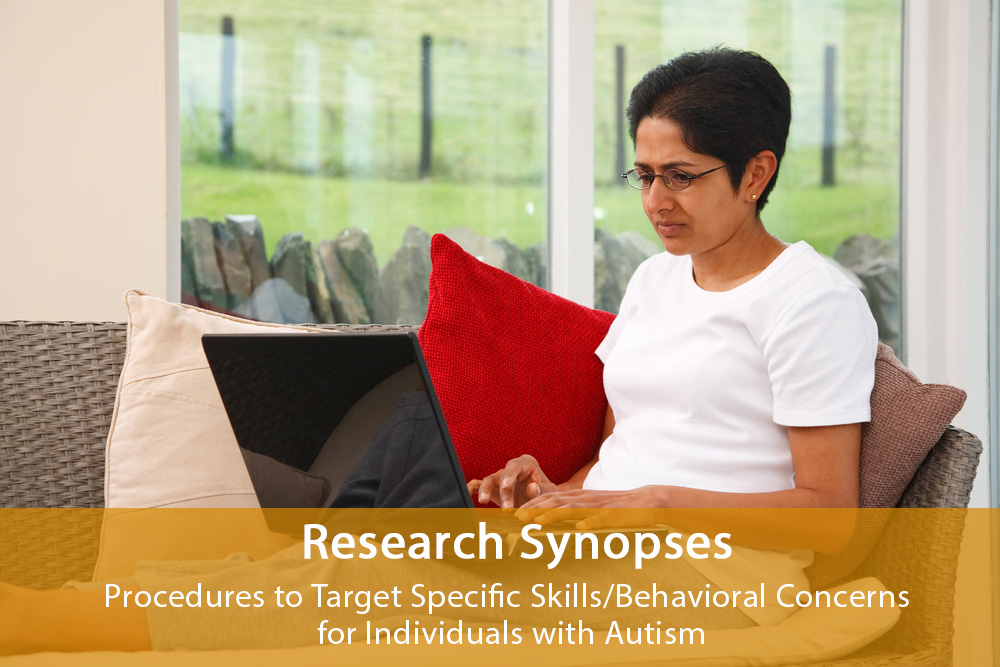Whalen, C., & Schreibman, L. (2003). Joint attention training for children with autism using behavior modification procedures. Journal of Child Psychology and Psychiatry, 44(3), 456-468.
Reviewed by
Kathleen Moran, MA
Caldwell College
Why research this topic?
 An early predictor of autism in children is the lack of joint attention skills. Joint attention involves using eye contact, gestures, or other forms of communication to share the experience of an object or event with another person. It plays an important role in the development of language, play, and social interaction. Therefore, interventions to increase joint attention in children with autism may be beneficial. The current investigation was the first to evaluate the effectiveness of teaching joint attention to children with autism using applied behavior analytic (ABA) procedures.
An early predictor of autism in children is the lack of joint attention skills. Joint attention involves using eye contact, gestures, or other forms of communication to share the experience of an object or event with another person. It plays an important role in the development of language, play, and social interaction. Therefore, interventions to increase joint attention in children with autism may be beneficial. The current investigation was the first to evaluate the effectiveness of teaching joint attention to children with autism using applied behavior analytic (ABA) procedures.
What did the researcher do?
Five preschool children with autism were observed multiple times during a baseline (no intervention) phase and then received the treatment for joint attention. The treatment consisted of two phases, first teaching the child to respond appropriately to joint attention bids, followed by teaching the child to initiate such bids. The teaching began with basic joint attention skills such as responding to a hand placed on an object that the child was playing with to more advanced skills such as following the instructor‘s gaze to look at an object a few feet away. Children received positive reinforcement (access to favorite toys) for displaying joint attention behaviors. Because the length of baseline before treatment was systematically varied across children, the investigators could test whether the introduction of treatment rather than the mere passage of time was responsible for changes in joint attention. The investigators measured the frequency of responding to and initiating joint attention during sessions, and, at specific points during the intervention, they administered standardized assessments of joint attention.
What did the researcher find?
Four of the five children with autism in the study successfully learned joint attention behaviors during treatment sessions and generalized what they learned to other settings. However, the gains in initiating joint attention were not maintained over time.
What are the strengths and limitations of the study?
The current investigation highlighted the potential benefits of targeting joint attention in interventions for individuals on the autism spectrum. To help maintain and extend skills, it may be important to train parents to implement the treatment. Limitations of the study include the implementation of all procedures in a laboratory rather than “real world” settings, reliance on reinforcement (access to preferred toys) that is unlike the reinforcement that typically developing children receive for joint attention, and the limited range of joint attention behaviors that were taught (responding to and initiating eye gaze, but not other types of communication such as showing objects).
Citation for this article:
Moran, K. (2010). Research review: Joint attention training for children with autism using behavior modification procedures. Science in Autism Treatment, 7(2), 21.

